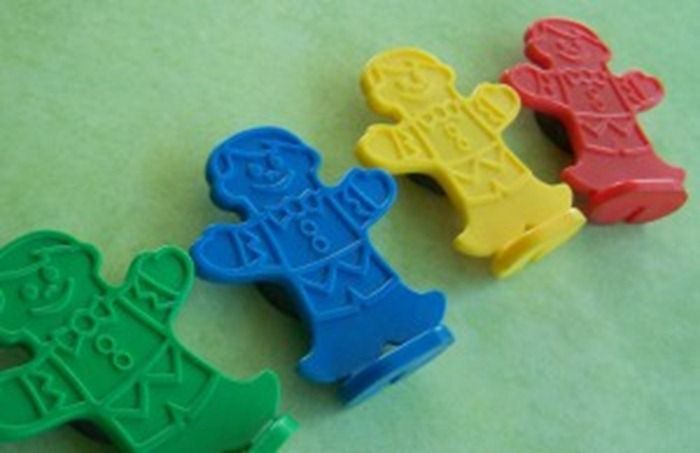A Candy Land Simulator: The Game Engine
Note: this post is from a series on Candy Land:
- Overview and Data Representations
- The Game Engine (you are here)
- The Game Engine, Implemented
Last time we captured the board and the card deck into Javascript objects that look like this:
var board = [
{ color: 'Red' },
{ color: 'Orange', bridgeTo: 59 }
// ...
];
var cards = [
'Red', 'Red', 'Red', 'Red', 'Red', 'Red', 'Red', 'Red'
// ...
];

Now we need to simply draw cards and keep track of a player through the game. I guess we should come up with some simple way to track that. Players will have a name and a position on the board. We also need to know if the player is losing a turn because they stepped on a licorice space. This should do it:
var players = [
{ name: 'Michael', isLosingATurn: false, position: -1 },
{ name: 'Thing 1', isLosingATurn: false, position: -1 },
];
As we design the rest of the engine, we’ll add to that as necessary.
OK, now we need to create a game loop. A game loop basically covers all the actions that happen in one cycle of the game. Since Candy Land players don’t affect each other (except for a shared deck of cards), all the interesting stuff happens in the player loop, with alternating players.
Here’s a first pass of what we need:
var players = [
{ name: 'Michael', isLosingATurn: false, position: -1, isWinner: false, moves: 0 },
{ name: 'Thing 1', isLosingATurn: false, position: -1, isWinner: false, moves: 0 }
];
// call "DoGame" to play an entire game, passing in the players array
function DoGame(players){
// initialize the board
// initialize the deck
<span class="rem">// call "DoGameLoop" (pass in the board and deck) until it returns false,
// which indicates the game is over</span>
// when the game is over print out summary stats (e.g move counts) and exit
}
function DoGameLoop(players, board, cards){
// if all players have finished (yes, my kids insist that the game continues
// until everyone finishes :/) exit, the game is over (return false)
// for each player: DoPlayerLoop
// things went as planned, return true
}
function DoPlayerLoop(player, board, cards){
// if we are lose a turn, turn off the "isLosingATurn" property and we're done (exit now)
// draw a card and increment the "moves" counter
// find the next space to move to based on the card
// if your move takes you to the last square or beyond, you win
// set the "isWinner" property to true and exit
// if the space we landed on is a bridge, follow the bridge
<span class="rem">// if we are now on a lose-a-turn space, turn
// on the "isLosingATurn" property so we know </span>
// to skip our turn the next time around
}
function DrawACard(cards){
// if there are no cards left in the deck they must have all been played so
// reshuffle them! Boom, now there are cards in the deck
// remove a card and return it
}
function MakeDeck(){
// return a new, shuffled deck
}
function MakBoard(){
// return a new board
}
That should read pretty easily from top to bottom (you may have to use your imagination a little bit). We’ll implement some of these in the next post.
